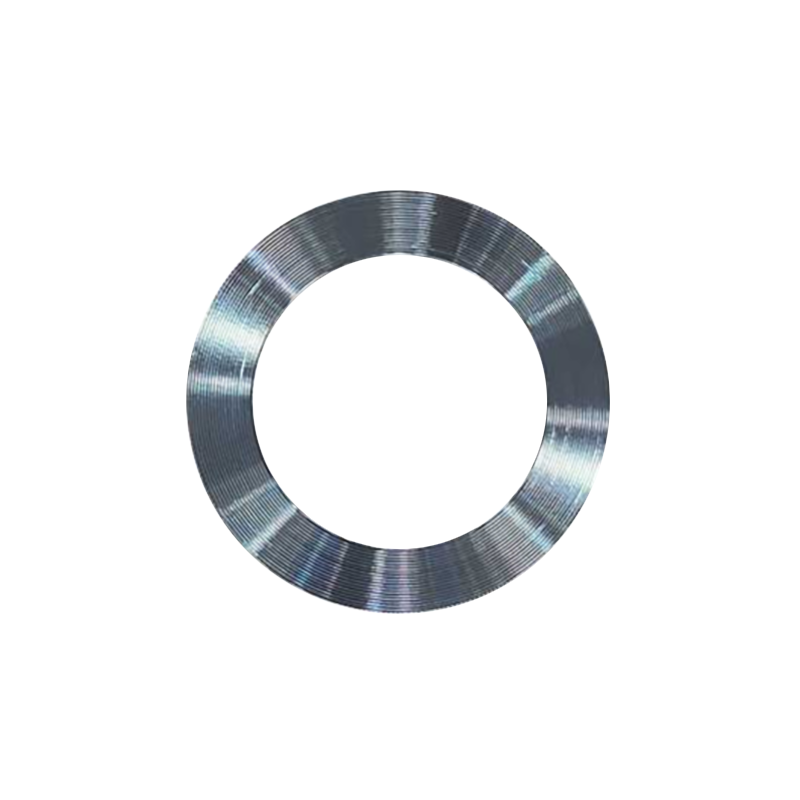Before using the basic metal spiral wound gasket, it's important to understand that this type of semi-metal gasket is commonly used for sealing and features good rebound resilience. It consists of V-shaped or W-shaped thin steel strips and various fillers, making it suitable for high temperatures, high pressures, low temperatures, or vacuum conditions. By modifying the combination of gasket materials, it can address chemical corrosion issues for various materials.
The spiral wound gasket is equipped with an internal metal lifting ring and an external locating ring, which utilize the inner and outer steel rings to control its clamping tightness. The precision requirements for the appearance of the gasket's contact with the flange sealing surface are not high. We will share with you the composition and application specifications of metal spiral wound gaskets. Let's first look at the composition of the gasket. Metal strips: These have a thickness of 0.15~0.XX mm and are made of low-carbon steel, stainless steel, or special alloy cold-rolled steel strips.
Non-metal gaskets for pipe flanges mainly include flexible graphite, special asbestos, polytetrafluoroethylene, with non-metal strip thicknesses ranging from 0.3~1.0 mm. Metal spiral wound gaskets primarily rely on non-metal for sealing effects, so the non-metal strips must have stable chemical properties and the ability to withstand high temperatures and pressures, improving the compatibility between the materials of the inner and outer rings and the metal strips.
Manufacturer's application specifications for metal spiral wound gaskets state that the wound part of the metal spiral wound gasket must be positioned between the flange sealing surfaces and must not arbitrarily widen the overall width of the wound area, as this will inevitably affect the bolt clamping force and, consequently, the gasket's sealing performance. Full-face gaskets cannot be used on male-female flange surfaces because under the radial clamping force of the flange, the spot welds in the inner circle of the gasket can easily break, leading to gasket failure.






